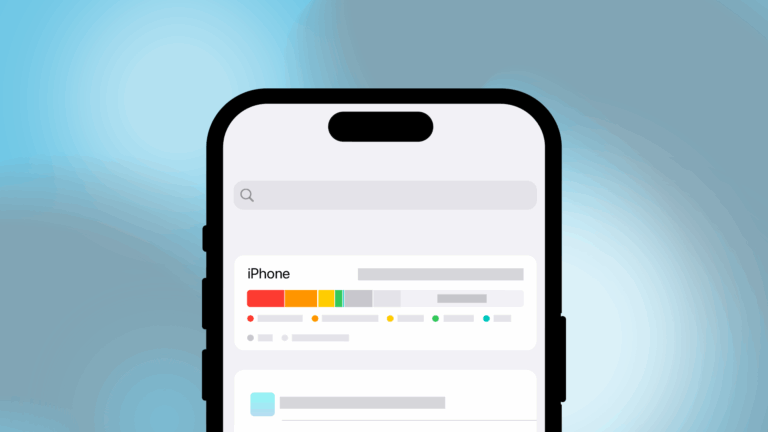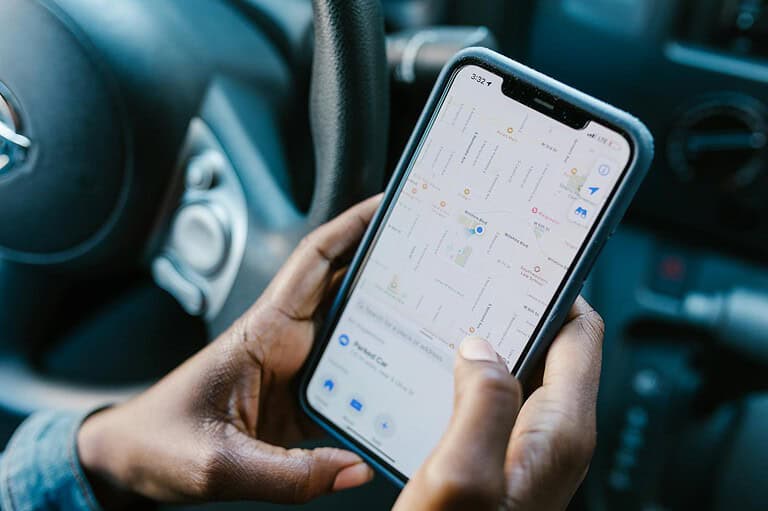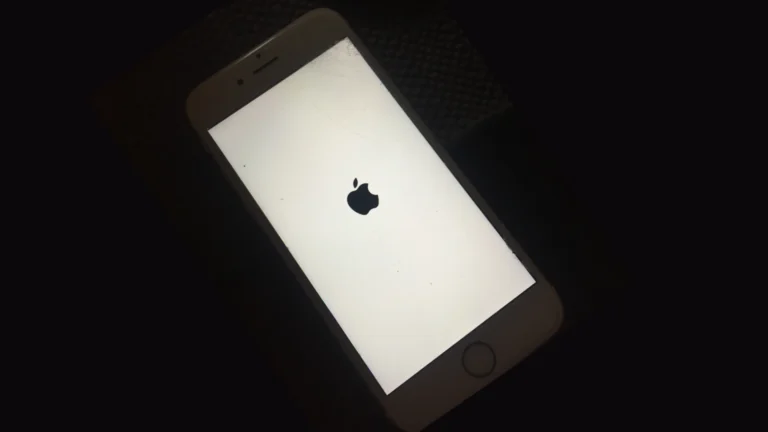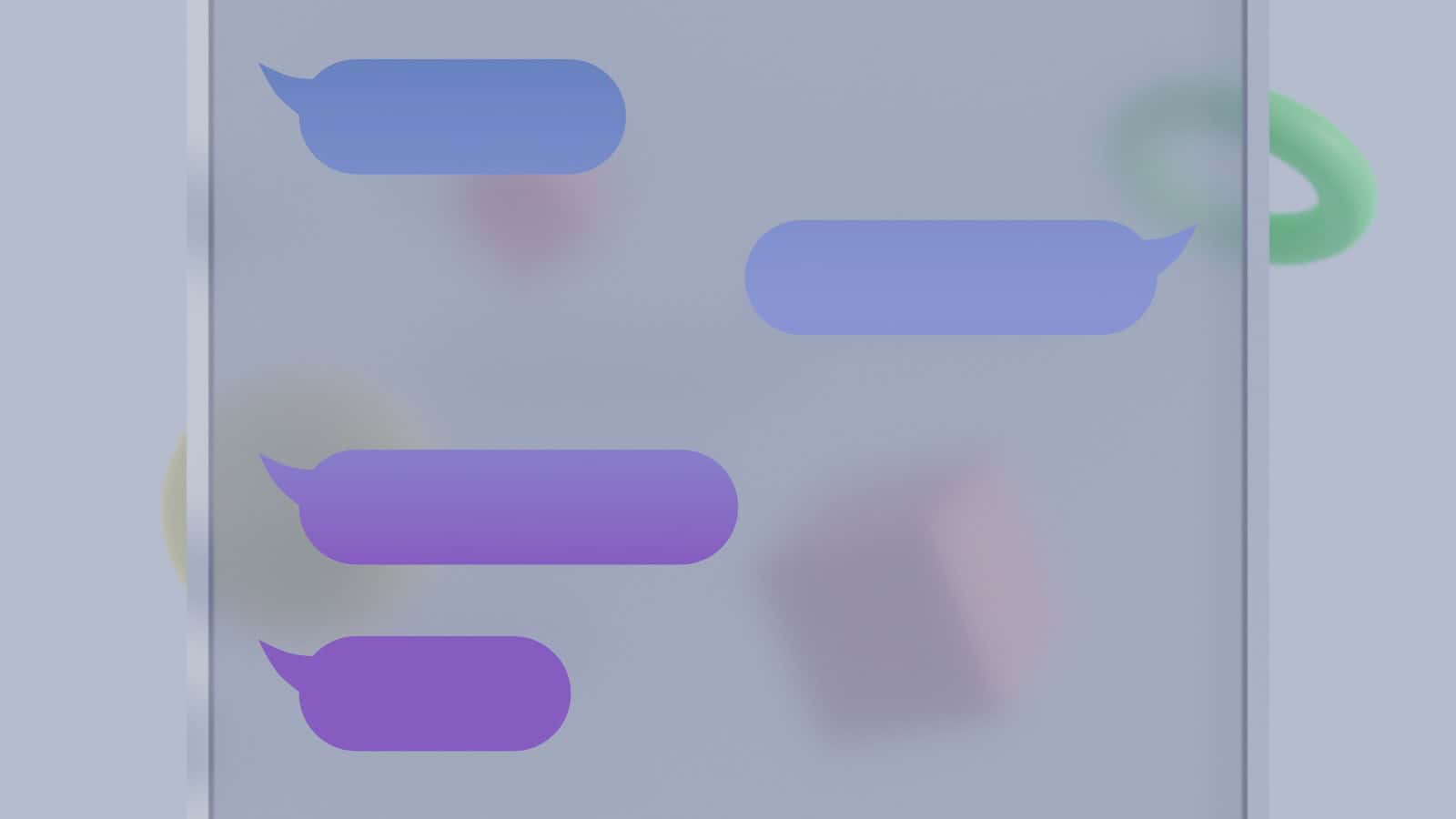
No, you cannot delete iMessages from both sides once a message has been delivered. Here’s a breakdown of what you can and can’t do:
Currently, there isn’t a built-in option that lets you delete a message from both devices simultaneously once it’s been sent. This limitation affects all iMessage users, regardless of which iPhone model they own.
Apple’s Messages app allows you to delete texts, attachments, and entire conversations from your own device easily. However, these deletions only affect what you see, not what others see. There is some good news on the horizon though – Apple plans to introduce a feature similar to WhatsApp that will allow deletion of messages on both sides in a future iOS update.
✅ What You Can Do in iMessage (iOS 16 and later):
- Edit Messages: You can edit an iMessage within 15 minutes of sending it. The recipient will see that it was edited.
- Undo Send (Recall): You can unsend an iMessage, but only within 2 minutes of sending it. If the recipient is running iOS 16 or later, the message will disappear from their conversation. However:
- If they’re using an earlier iOS version, they’ll still see the message.
- They might have already read it before you unsent it.
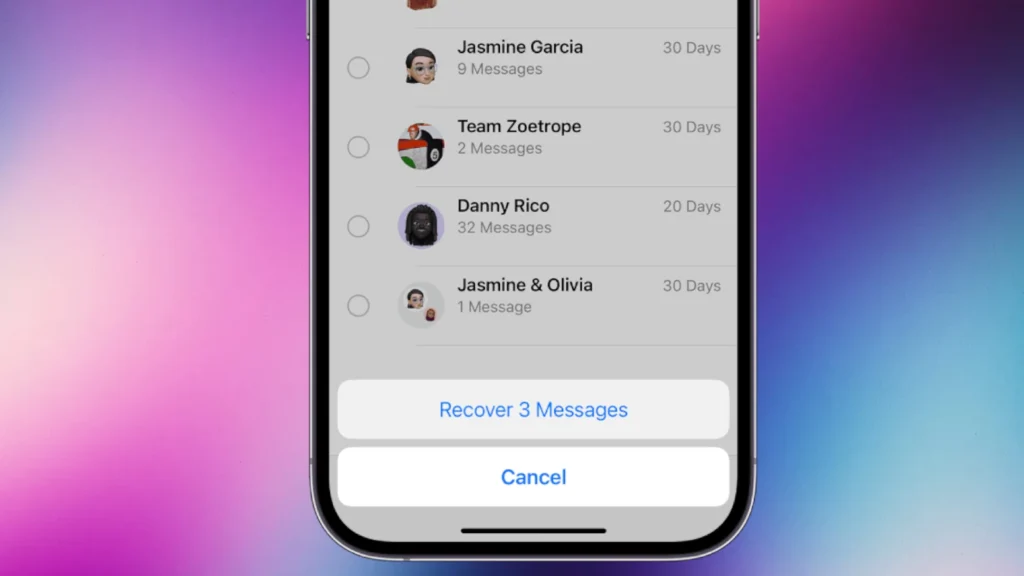
❌ What You Can’t Do:
- Permanently delete a message from the recipient’s phone after it’s been delivered and read.
- Delete old messages from both sides after the 2-minute window.
- Force a message to disappear remotely if it’s outside the supported recall time or on older devices.
Key Tip:
If you’re unsure whether the person has read the message or what iOS they’re using, assume the message is permanently delivered.
Alternative Options:
- For sensitive chats, consider using apps with disappearing messages, like Signal or Telegram.
- Turn off iMessage and use SMS if you want even less traceability (though SMS is less secure).
Key Takeaways
- Apple’s Messages app currently only allows users to delete messages from their own devices, not recipients’ phones.
- The only unofficial workaround requires knowing the recipient’s iCloud credentials, which raises serious privacy concerns.
- A future iOS update is expected to introduce two-sided message deletion similar to other messaging platforms.
Understanding iMessage
Apple’s iMessage service offers a unique messaging experience for iOS users. This platform differs from standard SMS in several ways, including features, functionality, and privacy considerations.
What is iMessage?
iMessage is Apple’s proprietary messaging service that launched in 2011 with iOS 5. It works exclusively on Apple devices, including iPhones, iPads, Macs, and Apple Watches.
Unlike regular text messages, iMessages appear in blue bubbles and travel through Apple’s servers rather than cellular networks. This system allows for enhanced features such as read receipts, typing indicators, and higher quality media sharing.
iMessage requires an internet connection to function properly. Users can send messages using either cellular data or Wi-Fi. The service automatically encrypts all communications end-to-end, making it more secure than traditional SMS.
Apple continues to update iMessage regularly, adding new features like message effects, Memoji, and app integrations to keep the platform competitive with other messaging apps.
iMessage vs Text Messages
The differences between iMessage and standard text messages (SMS/MMS) are significant. iMessages use data rather than counting against a cellular plan’s text message allowance.
Text messages appear in green bubbles on iOS devices, while iMessages show up in blue. This color coding helps users quickly identify which messaging protocol is being used for each conversation.
SMS messages have strict character limits and charge extra for media attachments on some plans. iMessages have no practical size limitations and support richer media sharing at higher quality.
When it comes to privacy, iMessage offers strong encryption that text messages lack. Standard SMS messages can potentially be intercepted during transmission, while iMessage’s end-to-end encryption prevents even Apple from reading message content.
Text messages work across all phone types, whereas iMessage only functions between Apple devices. When messaging Android users, iPhones automatically default to SMS/MMS.
The iOS Messages App
The iOS Messages app serves as the central hub for all text communications on Apple devices. It offers features for both regular SMS texts and iMessages, which provide enhanced capabilities between Apple users.
Navigating the Messages App
The Messages app has a straightforward interface designed for easy use. When opening the app, users see a list of all their conversations. New messages appear at the top of this list, with a blue dot indicating unread messages.
To start a new conversation, users can tap the compose button (a pencil and paper icon) in the top right corner. The app allows sending of texts, photos, videos, and other media.
Users can access additional features by tapping the plus icon next to the text field. This reveals options for sending photos, stickers, GIFs, and other content types. The Messages app also supports Apple Pay for sending money and various app integrations for sharing content.
Managing Conversations
The Messages app provides several options for managing message threads. Users can delete entire conversations by swiping left on a thread and tapping the “Delete” button.
For individual messages, users can press and hold on a specific message to access more options. As of iOS 16, Apple added the ability to delete messages from both sides of a conversation, but with limitations. This feature only works when:
- The message is unread
- It’s within a short time window after sending
- Both users are on compatible iOS versions
Users can also pin important conversations to the top of their messages list by swiping right on a conversation and tapping the pin icon. This keeps frequent contacts easily accessible.
Deleting iMessages
Removing iMessages permanently requires understanding the various methods across different Apple devices. The process varies slightly depending on whether you’re using an iPhone, accessing iCloud, or using a Mac computer.
How to Delete Messages From iPhone
On iPhone, deleting messages is straightforward but comes with limitations. To delete a single message, press and hold the message bubble, then tap “More” and select the trash icon. For entire conversations, swipe left on the conversation in the Messages list and tap “Delete.”
Apple has recently added the ability to delete text messages from both sides with certain restrictions. This feature only works if the message is unread and within a short time window after sending.
To delete multiple messages at once:
- Open the conversation
- Press and hold any message
- Tap “More”
- Select multiple messages by tapping the circles
- Tap the trash icon
Remember that standard deletions only remove messages from your device, not the recipient’s phone.
Deleting Messages From iCloud
iCloud message syncing affects how thoroughly your messages are deleted. When Messages in iCloud is enabled, deleting a message removes it from all your Apple devices signed into the same Apple ID.
To verify your iCloud Messages settings:
- Go to Settings
- Tap your Apple ID at the top
- Select “iCloud”
- Ensure “Messages” is toggled on
It’s important to note that erasing messages from both sides completely might require access to the recipient’s iCloud login credentials, which raises privacy concerns and is not recommended unless explicitly authorized.
To delete your entire message history from iCloud, go to Settings > General > iPhone Storage > Messages, then manage attachments or conversation data.
Deleting Messages on Mac
Removing messages on a Mac follows a similar process to iPhone but with desktop-specific controls. To delete individual messages, right-click on the message and select “Delete.”
For entire conversations:
- Select the conversation in the sidebar
- Right-click and choose “Delete Conversation”
- Confirm deletion when prompted
Mac users should be aware that deleting a message on one device will delete it on other synced devices if Messages in iCloud is enabled.
To clear multiple conversations at once on Mac:
- Press Command while clicking multiple conversations
- Right-click any selected conversation
- Choose “Delete Conversations”
Messages deleted on Mac still remain visible to recipients unless you use the unsend feature within its time limits.
Limitations and Considerations
When it comes to deleting iMessages, Apple has implemented specific restrictions that affect how message deletion works. Understanding these limitations can help users manage their conversations more effectively across their Apple devices.
Can You Delete iMessages From Both Sides?
Apple does not currently offer a comprehensive way to delete sent messages from both the sender’s and recipient’s devices after they’ve been delivered. Unlike platforms such as WhatsApp or Telegram, iMessage doesn’t have a “Delete for Everyone” feature for messages that have already been read.
iOS 16 introduced a limited “Undo Send” feature that allows users to recall a message, but with significant restrictions:
- Messages can only be unsent within 2 minutes of sending
- Both users must be using iMessage (blue bubbles)
- Both parties need to be running iOS 16 or later
Messages that have already been read cannot be deleted remotely. Once a message is delivered and opened, it remains on the recipient’s device even if deleted from the sender’s iPhone.
Understanding Synchronization Across Devices
iMessage synchronizes conversations across all Apple devices signed into the same Apple ID. This means that deleting a message on one device will remove it from all other devices linked to that account.
However, this synchronization only applies to the user’s own devices. Text messages cannot be deleted remotely from someone else’s iPhone, iPad, or Mac once they’ve been delivered.
For entire conversations, users can take these actions:
- Delete the conversation on their own devices
- Ask the recipient to delete the conversation
- Use Screen Time restrictions to limit access to Messages
Apple prioritizes privacy and data ownership, which is why recipients maintain control over messages they’ve received. This approach differs from some other messaging platforms that allow message deletion from all participants’ devices.
Privacy and Security
When deleting iMessages, users need to understand both privacy implications and security best practices. Apple’s messaging platform offers various protections, but message deletion has specific limitations.
How Deletion Affects Privacy
Standard message deletion on iPhones only removes messages from your device, not the recipient’s device. This limitation affects privacy since the message content remains accessible to others.
Deleting messages locally helps protect privacy if someone gains physical access to your device. However, recipients retain complete copies of all conversations.
For truly private conversations, users should know that Apple stores iMessage data in iCloud when that feature is enabled. These backups may preserve messages you’ve deleted from your device.
Apple’s privacy policy states they cannot access end-to-end encrypted iMessage content, adding a layer of protection against third-party access. However, metadata about who you message and when might still be available to Apple.
Best Practices for Secure Messaging
For enhanced messaging security, consider enabling auto-delete features in iOS. These automatically remove messages after a set time period.
Users concerned about privacy should regularly review and manage entire conversations rather than individual messages. Both parties can agree to delete the conversation history for maximum privacy.
Alternative messaging apps with disappearing message features provide better security for sensitive communications. Signal and Telegram offer options to delete messages from both sides.
Two-factor authentication for Apple ID adds protection to iCloud-stored message backups. This prevents unauthorized access even if passwords are compromised.
Remember that text messages cannot be deleted remotely by senders once delivered. For truly sensitive information, consider discussing matters in person rather than via digital messages.
Frequently Asked Questions
Message deletion on iPhones works differently than many users expect. These common questions address the main concerns about deleting messages from both sides and message retrieval options.
How can one remove text messages from both the sender’s and recipient’s devices after sending?
Currently, Apple does not provide a feature to delete messages from both devices simultaneously. When a user deletes a message on their iPhone, it only removes it from their device.
There are some limitations even with newer iOS versions that allow limited message deletion. These features require the message to be unread and can only be used within a short time window after sending.
Is it possible to permanently erase iMessages so that they are no longer retrievable?
Yes, users can permanently delete messages from their own devices. However, this does not affect the recipient’s copy of the conversation.
To permanently erase messages on one’s own device, they should delete the message and then empty the “Recently Deleted” folder. This ensures the message cannot be recovered on their device.
What happens when a text message is deleted from an iPhone; does it affect the message on the other person’s device?
When a user deletes a text message from their iPhone, it only removes it from their device. The message remains intact on the recipient’s device.
This one-sided deletion is a key limitation of iMessage. Users should understand that deleting messages only affects their own conversation history.
Can text messages be unsent on both iOS and Android platforms so that the recipient no longer sees the message?
The capability to unsend texts varies between platforms. Some messaging apps like WhatsApp offer this feature, but standard SMS does not.
Apple introduced a limited unsend feature in newer iOS versions, but it has significant restrictions. Android does not have a native unsend feature for standard text messages.
Does deleting an iMessage from one’s device also remove it from the recipient’s history?
No, deleting an iMessage from one device does not remove it from the recipient’s message history. Each device maintains its own separate copy of the conversation.
This is an important privacy consideration for users. Once a message is delivered, the sender loses control over the recipient’s copy.
How can one retract a text message that has already been sent to ensure the recipient cannot view it?
In 2022, Apple introduced a feature comparable to WhatsApp, allowing limited deletion of individual text messages on both sender and recipient devices. However, this only works under specific conditions.
For already delivered messages, the best option is to follow up with another message explaining the mistake. For sensitive information, users might consider asking the recipient to delete the message.

